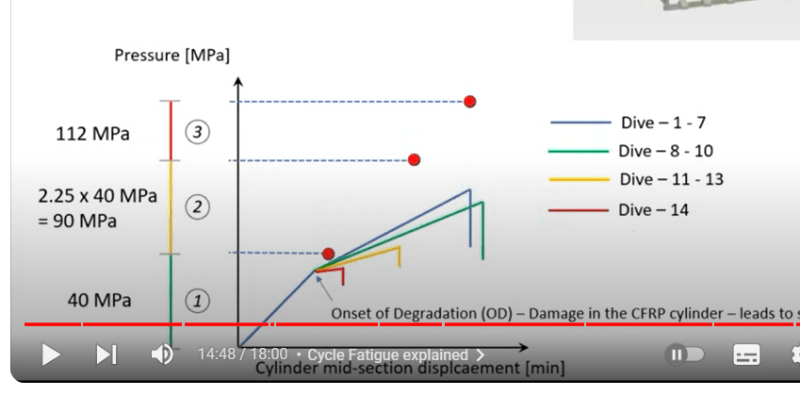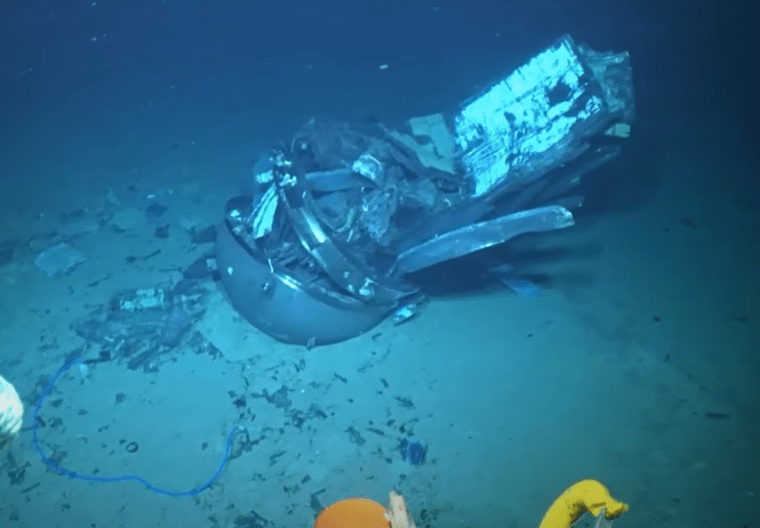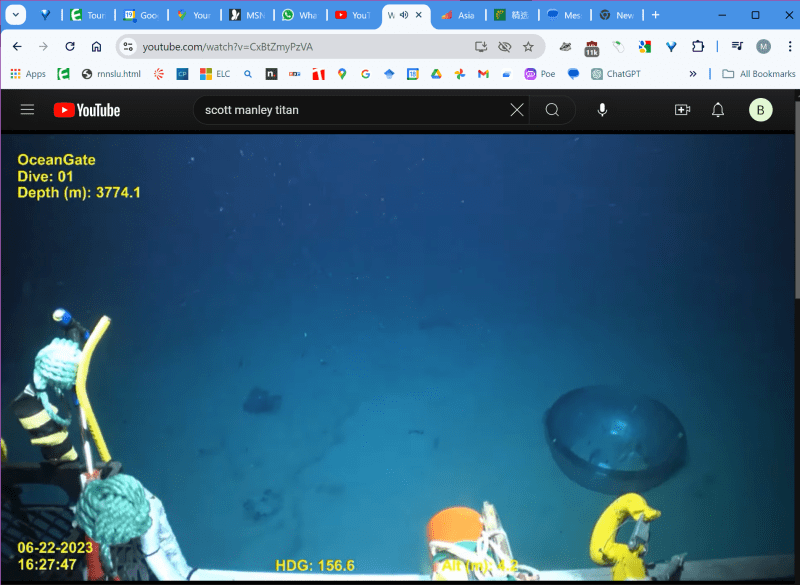New documents have been added to the Marine Board of Investigation website, including a very interesting transcript of the meeting between David Lochridge, his boss, and Stockton Rush.
A few points:
1. Rush wouldn't even give Lochridge some of the certification / documentation that he did have, possibly because he thought they would have scared him even more than not being able to see them.
2. Rush claims emphatically that everybody else is wrong and carbon fibre is actually better in compression.
3. Rush is sure that he won't die on the sub because any failure will be gradual and he'll have enough time to surface before any implosion. Rush stated "It doesn't just implode. It screams like a mother before it implodes." He claims that other experts have also told him that he'll hear it before it fails.
4. Rush claims that "everything [the Spencer PhD engineer] has told us has been wrong", but he still insisted on using the hull designed and built by Spencer.
5. Rush admitted that he had no idea what depth the hull would actually be good for.
6. Rush doesn't seem to have given much consideration to the possibility of the bond between the hull and end caps failing, or that this would likely be a quick failure without much warning from the acoustic monitoring system (i.e. it probably won't "scream like a mother" before this type of catastrophic failure).
7. Rush seems to think that voids don't really matter and are unlikely to grow in a significant way because he has the right glue between the layers.
8. Rush doesn't value traditional NDE because he doesn't know what to do with the data. He thought the acoustic monitoring data would be useful for preventing failure, but as pointed out by Lochridge, Rush had no baseline for the acoustic monitoring data, and thus no way to tell if a sound means impending doom or is just a "whale fart". Rush claimed they hired a PhD in statistics to help them figure out the meaning of the sounds, but there doesn't seem to be any plan for this, and they won't know what sounds are indicative of failure until after a failure has occurred.



